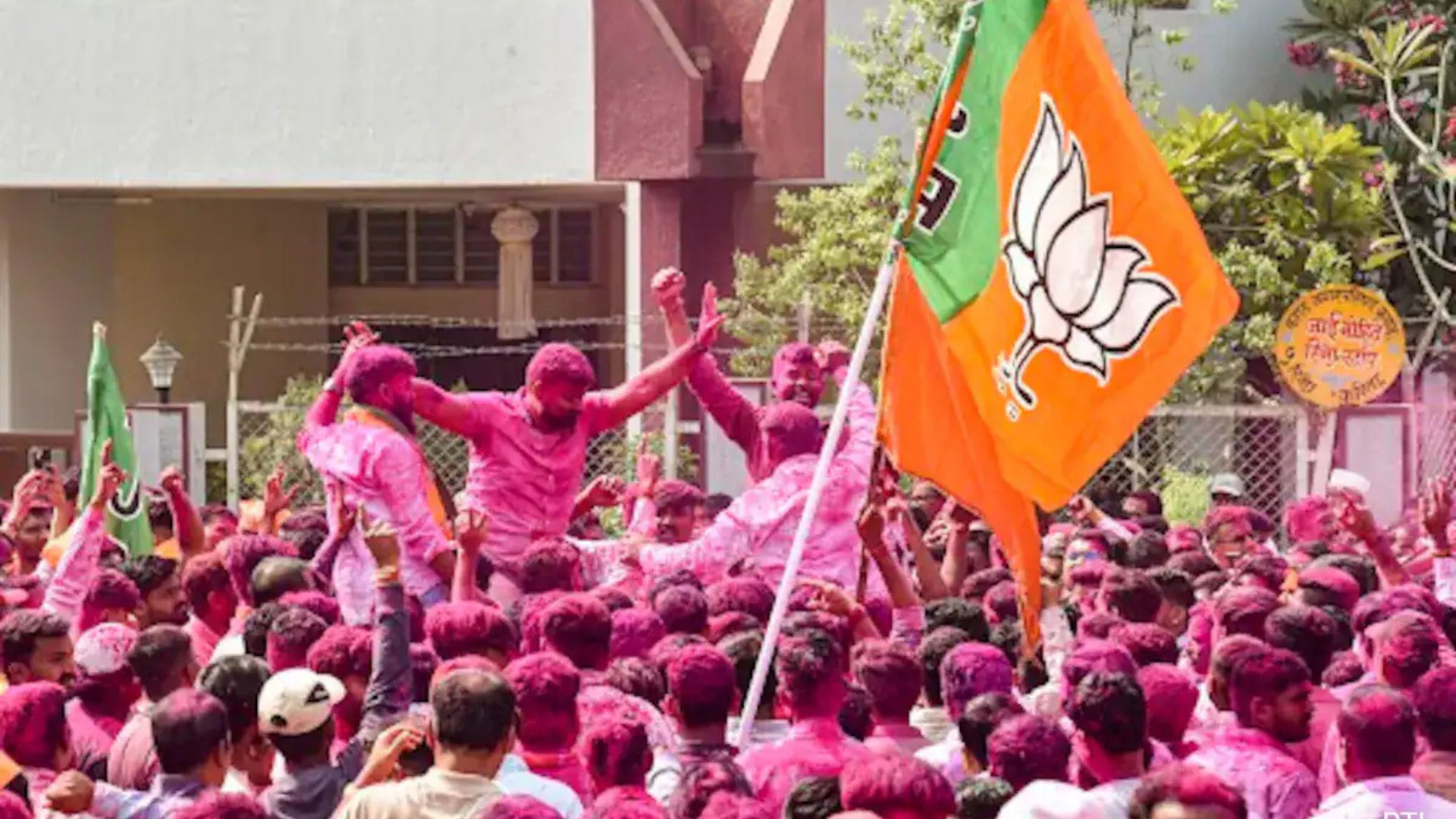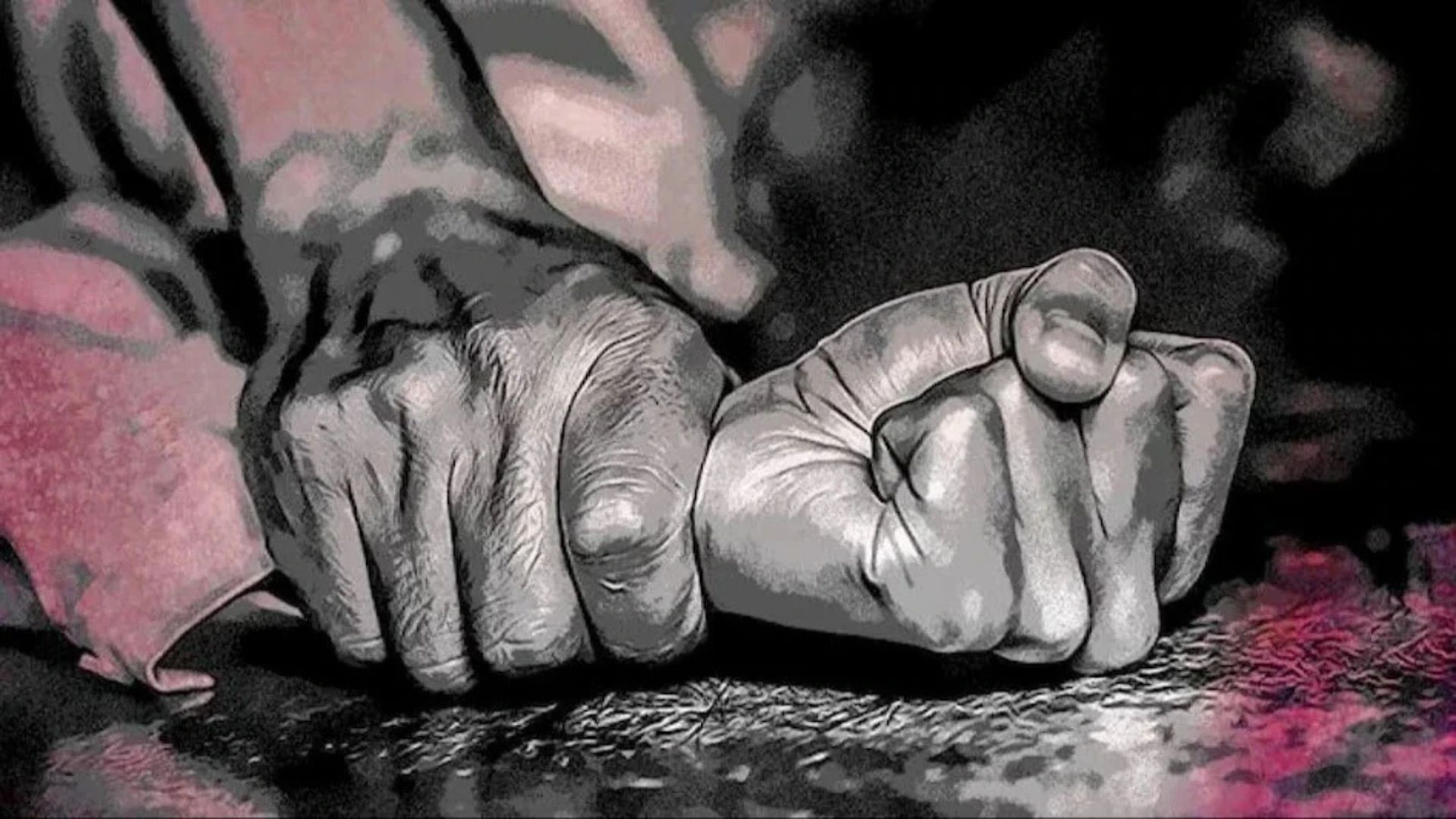
The saree has a rich and diverse history in India, dating back thousands of years. It is a traditional Indian garment that holds cultural significance and has evolved over time in terms of styles, fabrics, and draping techniques.
The saree, a quintessential garment of ancient Indian culture, encapsulates a rich tapestry of tradition and elegance that has endured for thousands of years. Woven into the fabric of India’s history, the saree reflects the diverse cultural, social, and artistic heritage of the subcontinent. This essay explores the origins, evolution, and cultural significance of the ancient Indian saree, tracing its journey from the early civilizations to the present day.
A sari is a women’s garment from the Indian subcontinent, that consists of an un-stitched stretch of woven fabric arranged over the body as a robe, with one end attached to the waist, while the other end rests over one shoulder as a stole (shawl), sometimes baring a part of the midriff. It may vary from 4.1 to 8.2 metres (4.5 to 9 yards) in length, and 60 to 120 centimetres (24 to 47 inches) in breadth, and is form of ethnic wear in India, Sri Lanka, Nepal, Bangladesh and Pakistan. There are various names and styles of sari manufacture and draping, the most common being the Nivi style. The sari is worn with a fitted bodice also called a choli (ravike or kuppasa in southern India, and cholo in Nepal) and a petticoat called ghagra, parkar, or ul-pavadai. It remains fashionable in the Indian subcontinent even today. Let’s have a look into the rich history of the nine yard wonder that is known as saree:
Origins and Early Drapes:
The roots of the saree can be traced back to the ancient civilizations of the Indus Valley, where depictions on artifacts suggest draped garments similar to the saree were worn by women as early as 2800 BCE. The Vedic period (1500–500 BCE) witnessed the emergence of various draped garments signifying an early form of the saree. During this time, the attire was likely a simple piece of cloth draped around the body.
The word sari evolved from śāṭikā mentioned in early Hindu literature as women’s attire. The sari or śāṭikā evolved from a three-piece ensemble comprising the antarīya, the lower garment; the uttarīya; a veil worn over the shoulder or the head; and the stanapatta, a chestband. This ensemble is mentioned in Sanskrit literature and Buddhist Pali literature during the 6th century BCE. Ancient antariya closely resembled the dhoti wrap in the “fishtail” version which was passed through the legs, covered the legs loosely and then flowed into long, decorative pleats at front of the legs. It further evolved into Bhairnivasani skirt, today known as ghagri and lehenga. Uttariya was a shawl-like veil worn over the shoulder or head. It evolved into what is known today known as dupatta and ghoonghat. Likewise, the stanapaṭṭa evolved into the choli by the 1st century CE.
The ancient Sanskrit work Kadambari by Banabhatta and ancient Tamil poetry, such as the Silappadhikaram, describes women in exquisite drapery or sari. In ancient India, although women wore saris that bared the midriff, the Dharmasastra writers stated that women should be dressed such that the navel would never become visible, which may have led to a taboo on navel exposure at some times and places.
According to historians, everyday costume in ancient India until recent times in Kerala consisted of a pleated dhoti or (sarong) wrap, combined with a breast band called kūrpāsaka or stanapaṭṭa and occasionally a wrap called uttarīya that could at times be used to cover the upper body or head. The two-piece Kerala mundum neryathum (mundu, a dhoti or sarong, neryath, a shawl, in Malayalam) is a survival of ancient clothing styles. The one-piece sari in Kerala is derived from neighbouring Tamil Nadu or Deccan during medieval period based on its appearance on various temple murals in medieval Kerala.
In some parts of ancient India and even today a married lady is expected to put on a veil while moving in the public. This may indicate that it was not necessary for unmarried females to put on a veil. This form of veiling by married women is still prevalent in Hindi-speaking areas, and is known as ghoonghat where the loose end of a sari is pulled over the head to act as a facial veil.
Based on sculptures and paintings, tight bodices or cholis are believed to have evolved between the 2nd century BCE to 6th century CE in various regional styles. Early cholis were front covering tied at the back; this style was more common in parts of ancient northern India. This ancient form of bodice or choli are still common in the state of Rajasthan today. Varies styles of decorative traditional embroidery like gota patti, mochi, pakko, kharak, suf, kathi, phulkari and gamthi are done on cholis. In Southern parts of India, choli is known as ravikie which is tied at the front instead of back, kasuti is traditional form of embroidery used for cholis in this region. In Nepal, choli is known as cholo or chaubandi cholo and is traditionally tied at the front. Red is the most favoured and sacred colour for wedding saris, which are the traditional garment choice for brides in Hindu wedding.
TYPES OF SAREES:
From ancient to modern Indian, women preferred to wore various types of regional handloom saris made of silk, cotton, ikkat, block-print, embroidery and tie-dye textiles. Most sought after brocade silk saris are Banasari, Kanchipuram, Gadwal, Paithani, Mysore, Uppada, Bagalpuri, Balchuri, Maheshwari, Chanderi, Mekhela, Ghicha, Narayan pet and Eri etc. are traditionally worn for festive and formal occasions. Silk Ikat and cotton saris known as Patola, Pochampally, Bomkai, Khandua, Sambalpuri, Gadwal, Berhampuri, Bargarh, Jamdani, Tant, Mangalagiri, Guntur, Narayan pet, Chanderi, Maheshwari, Nuapatn, Tussar, Ilkal, Kotpad and Manipuri were worn for both festive and everyday attire. Tie-dyed and block-print saris known as Bandhani, Leheria/Leheriya, Bagru, Ajrakh, Sungudi, Kota Dabu/Dabu print, Bagh and Kalamkari were traditionally worn during monsoon season. Gota Patti is popular form of traditional embroidery used on saris for formal occasions, various other types of traditional folk embroidery such mochi, pakko, kharak, suf, kathi, phulkari and gamthi are also commonly used for both informal and formal occasion.
However, modern fabrics include polyester, georgette and charmeuse are also commonly used.
Evolution during Maurya and Gupta Periods:
As India transitioned through the Maurya and Gupta periods, the saree underwent further evolution. Regional styles began to emerge, and intricate weaving techniques and embroidery became more prevalent. Fabrics like silk gained popularity, contributing to the saree’s refinement and elegance.
Mughal Influence and Royal Opulence:
The Mughal era (1526–1857) marked a period of cultural fusion, influencing the design of the saree. Persian and Central Asian aesthetics brought about the use of rich fabrics, intricate zari work, and detailed embroidery. The saree became a symbol of royal opulence, with Mughal queens and princesses adorning themselves in luxurious drapes.
Colonial Impact and Global Trade:
The British colonial period (1757–1947) saw India’s textiles, including sarees, gaining prominence in the global market. However, it also introduced new technologies that impacted traditional handloom production. The saree continued to evolve, incorporating both traditional and colonial influences.
Post-Independence Resurgence:
Post-independence India witnessed a resurgence of interest in traditional crafts and textiles. Handloom industries flourished, and various regions developed their distinct saree styles. The saree became a symbol of cultural pride and identity as the nation embraced its heritage.
Contemporary Expression:
In the contemporary era, the saree has transcended its cultural boundaries and become a global fashion statement. Traditional handwoven sarees like Banarasi, Kanjeevaram, and Chanderi remain popular, while modern designers experiment with new fabrics, designs, and draping styles. The saree is not merely a garment; it is an expression of artistry and individuality.
Conclusion:
The ancient Indian saree culture represents more than just a piece of clothing; it is a living testament to the enduring spirit of a civilization that has embraced diversity and creativity. From its humble origins in the Indus Valley to its global presence today, the saree continues to weave together the threads of tradition, elegance, and cultural identity, making it an integral part of India’s vibrant heritage.
Overview of the history of the saree in India:
Ancient Origins (Indus Valley Civilization – 2800–1800 BCE): While the exact origins of the saree are difficult to pinpoint, depictions on ancient sculptures and artifacts from the Indus Valley Civilization suggest that draped garments similar to sarees were worn by women during that period.
Vedic Period (1500–500 BCE): The Vedas, ancient Indian scriptures, make references to various garments worn by women, including the term “sati,” which is believed to be an early form of the saree. During this time, the attire was likely a simple piece of cloth draped around the body.
Maurya and Gupta Periods (322 BCE – 550 CE): The art and literature from the Maurya and Gupta periods provide evidence of the saree’s continued presence in Indian culture. The garments became more refined, and various regional styles began to emerge.
Medieval Period (600–1200 CE): The saree continued to evolve, influenced by regional cultures and foreign trade. Intricate weaving techniques and embroidery became more prevalent, with silk becoming a popular fabric for sarees.
Mughal Era (1526–1857): The Mughal influence brought new elements to saree design. Persian and Central Asian aesthetics influenced the use of rich fabrics, intricate embroidery, and the addition of decorative elements like zari (metallic thread).
British Colonial Period (1757–1947): The British colonial period had a significant impact on Indian textiles. The demand for Indian textiles, including sarees, grew in the global market. The British also introduced new textile technologies, affecting the production and design of sarees.
Post-Independence Era (1947 onwards): After India gained independence in 1947, there was a resurgence of interest in traditional Indian crafts and textiles. The handloom industry flourished, and various regions developed their distinct saree styles. The saree continued to be a symbol of Indian identity and cultural pride.
Contemporary Era (Late 20th Century – Present): Today, the saree remains a versatile and timeless garment. While traditional handwoven sarees like Banarasi, Kanjeevaram, and Chanderi continue to be popular, contemporary designers have also experimented with new fabrics, designs, and draping styles to cater to modern tastes. The saree has not only retained its cultural significance but has also become a global fashion statement, worn by women of various backgrounds and cultures around the world.















